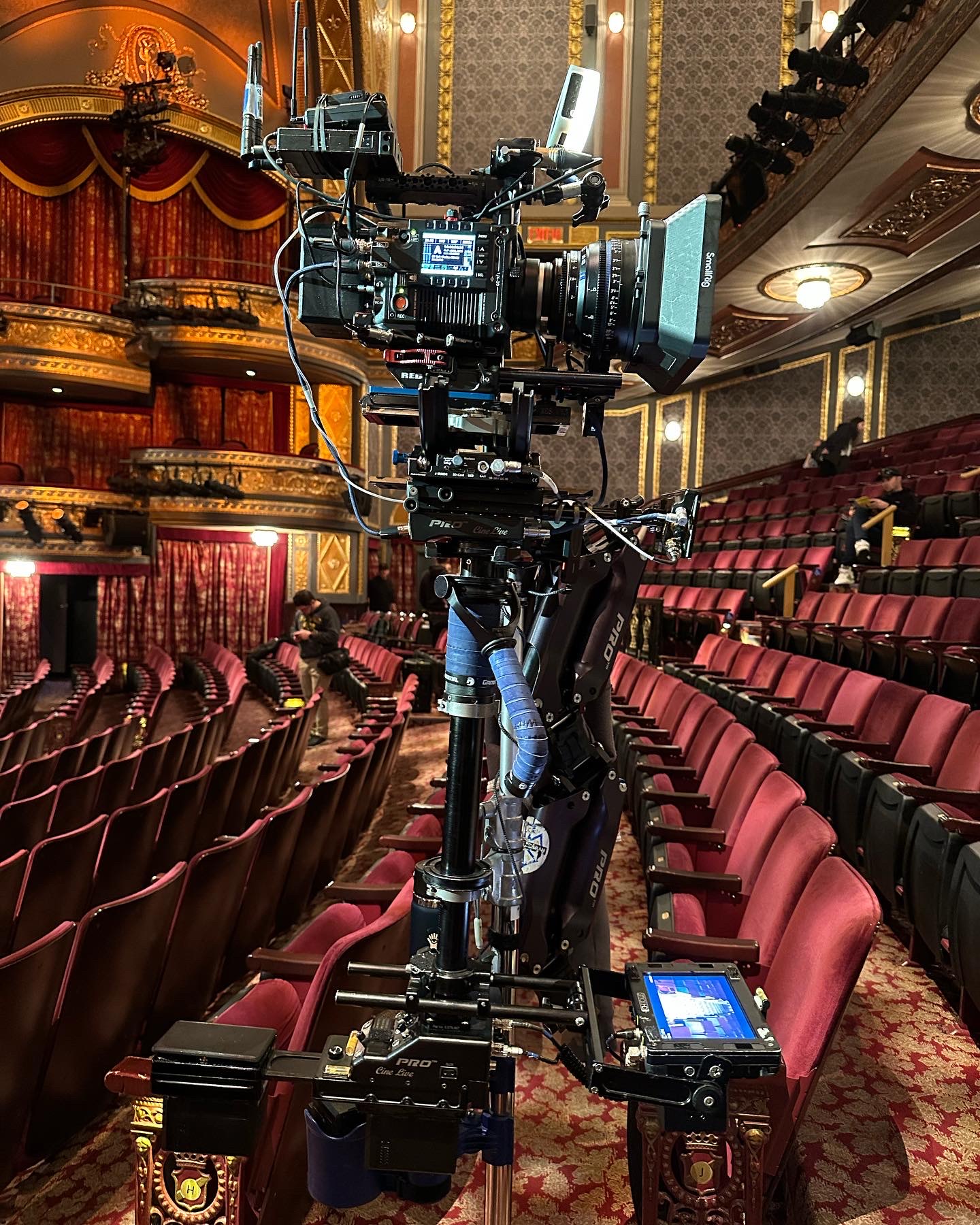Proponents boast that 802.11bb is 100 times faster than Wi-Fi and more secure.
Isn’t WiFi technically light based? It’s all just electromagnetic radiation
From the Wikipedia article on light:
Light or visible light is electromagnetic radiation that can be perceived by the human eye.
But also:
In physics, the term “light” may refer more broadly to electromagnetic radiation of any wavelength, whether visible or not.
So yeah, depends on your usage of the term “light”, but colloquially (and in this context), it’s referring to visible light.
Radio.
Radio and light are the same thing from a physics standpoint, just different ranges of electromagnetic spectrum.
So phones and communication towers are basically flashlights blinking at each other using invisible light, to which walls/buildings and stuff are translucent :)
Or like x-ray is pretty much a camera flash that can shine through bodies.
Eh. It’s less radio transmitters are like flashlights more flashlights are transmitters.
Buildings and stuff aren’t all that translucent to radio waves. You can’t just point two radios at each other with a building between them and expect them to “see” each other. They can bounce and reflect off them like light would off mirrors and reflective surfaces and even be bent by changes in the atmosphere itself, though.
A powerful enough radio, though, is kinda like when you can see light shining through your arm if you hold a flashlight to it.
That’s why I didn’t use “transparent”. Translucent is exactly what they are though, with wood being more see-through and concrete less so. But a regular concrete wall still lets enough through not to drop most connections.
@fearout And wifi Mimo used reflection of the walls to propagate the signal, just like light bouncing off white surfaces and reflecting further away.
@peter Yeah, that’s a bit confusing. Wifi is based on radio spectrum, and Lifi is based partly on infrared. And infrared light has more energy. So I guess that’s one of the downsides probably, that it requires more energy to produce that? I’m not an expert or anything like that.
One time, we had remotes for televisions. We hated having to point them to get line of sight.
Did you know that some of the older Gameboys had this? I think it was the Gameboy color. Instead of a link cable, you’d just point two Gameboys at each other, and… Well, they had to be on a level surface like a table. And also you basically couldn’t ever move them or touch them, which was strange for a handheld. …annnnd it basically didn’t work. Ever. So Wi-Fi was pretty good!
But no, let’s go and use line of sight tech, that seems like a great idea!
I kid, I kid. I’m sure it works fine enough within its limitations for a certain purpose, I just can’t help but joke about making these connections.
@wave_walnut the gameboy color infrared communication was basically the amiibo of the 90s. You could transmit a tiny amount of data and that’s it. In Pokémon for example, just trading pokemon was too much of infared. But you could give someone a mystery gift.
It’s THAT why I never got it to work? I always figured it was because it was a steaming pile of garbage and was actually just half baked tech on the same level as the NES and would just break and that was that. I still have my GBC somewhere and probably my Pokemon yellow cartridge in some box somewhere, hopefully without batteries still in it 😬 I should see if anybody else I know has one and try to get it to work with something very low data.
Won’t light based wi-fi have problems penetrating walls? I did not see that point brought up in the article.
Its sort of indirectly mentioned when they mention the security benefits of lifi, as in order to effectively have access to it, you would need access to the room.
The tech isnt meant to completely replace wifi, it just jas some benefits in certain use cases over wifi.
it’s a feature, not a bug!
I could see this as a huge upgrade for a WISP.
It was brought up in the article as better security.
“Moreover “Light’s line-of-sight propagation enhances security by preventing wall penetration, reducing jamming and eavesdropping risks, and enabling centimetre-precision indoor navigation,” says Shultz.”
Pretty cool, especially considering how it’s been shown that WiFi can be used to pretty accurately determine the position and number of people in a room with AI.
Just knock them all down. Isn’t open floor plan the current trend? 😉
The article discusses this, it’s a benefit. They use the example of reusing your overhead light as a lifi broadcast. That way it’s more secure because it doesn’t penetrate through walls. You could use something like a desktop lamp be the router, not not have to worry about the signal leaving the room.
The article calling it a benefit doesn’t make it one.
Well it certainly can be a benefit to have super fast wireless data that doesn’t leave the room. Especially for businesses that work with huge amounts of sensitive data. Probably not as useful for home use though
Gotta be a big room for the that, otherwise just wire everything. Unless they want a clean aesthetic in their business, I guess.
It will have all the same deficiencies your eyes do. If you can’t see through a wall, then neither can “Li-Fi”.
From the article:
Of course, Li-Fi isn’t going to sweep away Wi-Fi and 5G alternatives (nor wired networks). Radio waves still have a distinct advantage with regard to transmission through the atmosphere at great distance, and though opaque objects.
It seems like this is technology more for 1 way communication with devices over a large completely open area like a warehouse
deleted by creator
I dont have problems with speed, i have problems with range…
Kinda curious what the actual use cases for this are. It’s not going to replace consumer wi-fi, since walls exist. And we already have light-based transmission within cables (fiber-optic networking). So, is this supposed to provide fast networking to locations where installing fiber isn’t feasible? What’s the effective range on this?
Maybe it can be emitted from different light sources around your house
Having this as your home Network would even prevent you from scrolling lemmy the wholr night in your darkk bedroom
It’s infrared
I mean the Lamps providing the lifi Network still need to be wired to some kind of cable or fibre that connects to the internet or intranet. I dont know, but As i understand its like a spacially confined WLAN, which makes it pretty well secured against people connecting who are not supposed to. So maybe its good for Super secret conference rooms. Another idea would be industry 4.0 stuff, where in factories every maschine or device is connected to a nerwork. Basically an alternative to 5G
The super secret conference room is a maybe. Factories though? If you’re going to be wiring up factory machines, you can easily just add one more cable for ethernet and it’d probably be cheaper and just as secure. We’d have to be talking about machines/devices that are in a large warehouse-like space and frequently moved around (thus requiring wireless networking) and that require either the security or bandwidth benefits of Li-Fi (most don’t). That limits the applications significantly.
I’ve been at Siemens and saw their Li-Fi lamps, it’s pretty cool tech, they use PoE so just one cable for the light and ethernet and then you attach a small receiver to your computer to access the bulb above you.

















